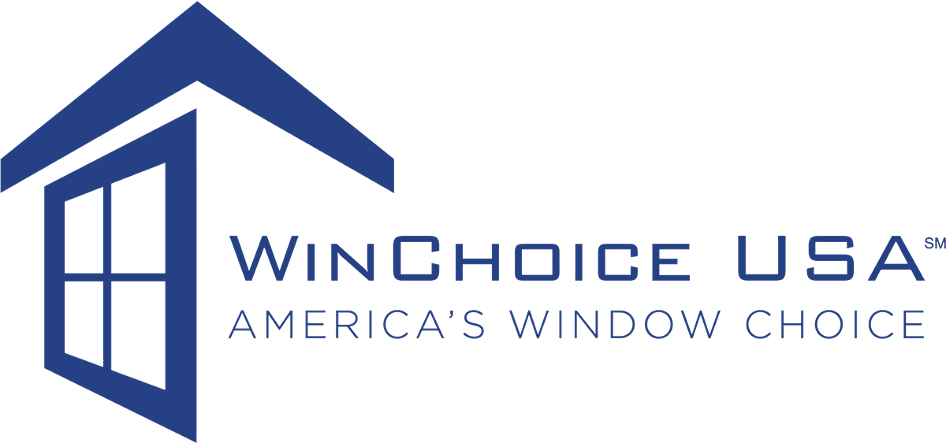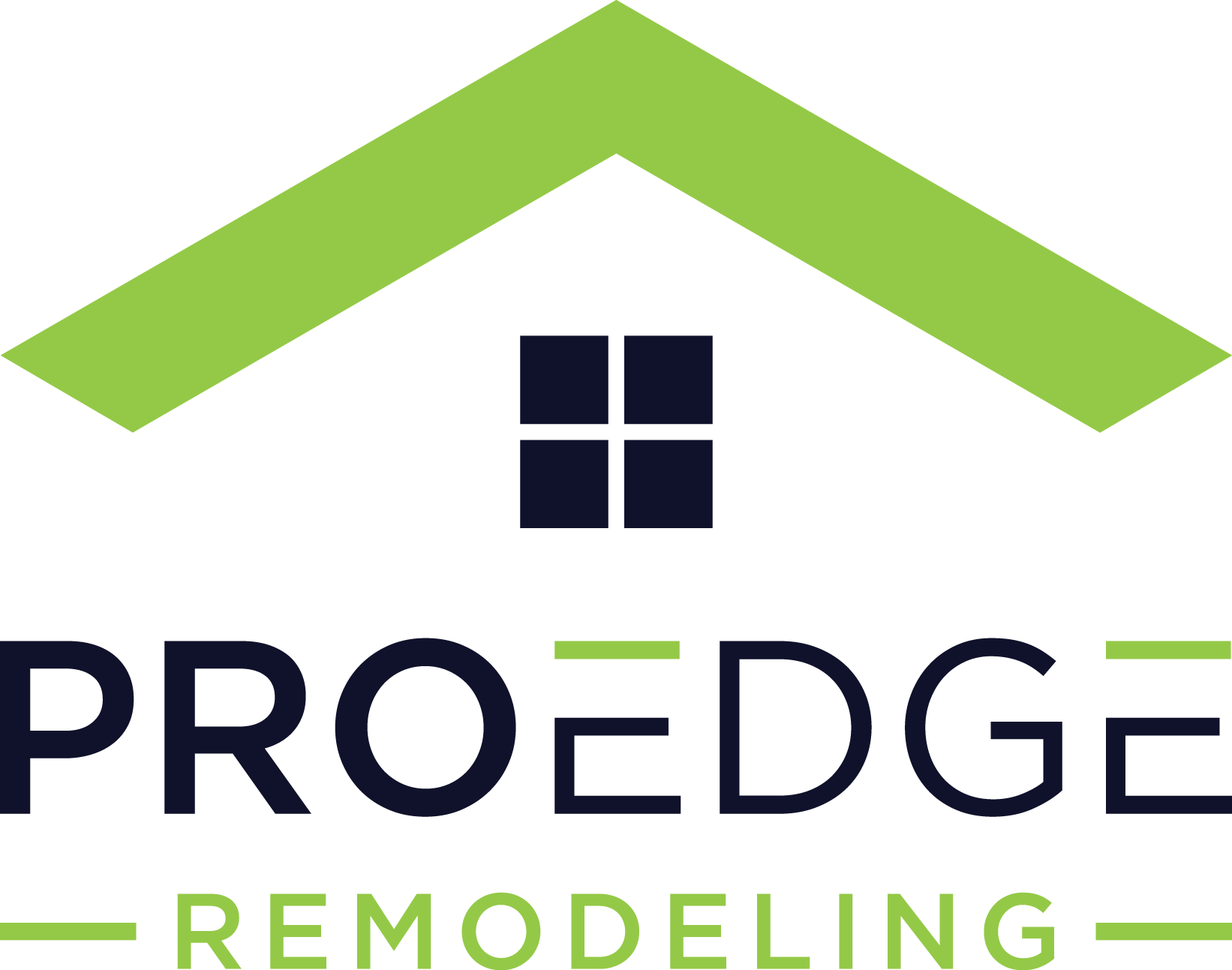What is the Best Material for Kitchen Cabinets?

*Updated April 30th, 2025
Selecting the ideal material for your kitchen cabinets is a significant decision that has a lasting influence on the look, feel, and functionality of your kitchen. This choice not only dictates the aesthetic appeal of one of the most used spaces in your home but also determines how well your cabinets will stand up to daily wear and tear. With a multitude of materials available, from classic wood to modern composites, understanding the pros and cons of each is essential. In this guide, we’ll explore the various options, considering factors such as durability, maintenance, and style.
Our goal is to provide you with the information needed to make an informed decision that best suits your kitchen’s needs and your personal taste.
Key Takeaways:
- Consider durability, style, maintenance, and budget when choosing the best material for your kitchen cabinets.
- Solid wood cabinets offer timeless beauty and durability but can be more expensive.
- Engineered wood options like plywood and MDF provide versatility and affordability.
- Laminate and thermofoil cabinets are cost-effective and easy to maintain.
- Metal cabinets, such as stainless steel, offer durability and a modern look.
1. Solid Wood Cabinets: Timeless Beauty and Durability
When it comes to choosing the best material for your kitchen cabinets, solid wood is a top contender. With its natural beauty, strength, and durability, solid wood cabinets can enhance the overall aesthetics of your kitchen while providing long-lasting functionality. The appeal of solid wood lies in its unique grains, colors, and finishes that add a touch of warmth and elegance to any kitchen design.
One of the biggest advantages of solid wood cabinets is their ability to withstand the test of time. Unlike other materials, such as particle board or laminate, solid wood cabinets are built to last. They offer a sturdy construction that can withstand the daily wear and tear of a busy kitchen environment. However, it is important to note that solid wood cabinets can be more expensive compared to other options, so it’s essential to consider your budget when making your decision.
In terms of maintenance, solid wood cabinets may require regular care to keep them in pristine condition. They should be protected from excessive heat, moisture, and direct sunlight to prevent warping or fading. Additionally, it’s recommended to use gentle cleaning agents and avoid abrasive materials that can damage the wood’s surface. With proper care and maintenance, solid wood cabinets can retain their beauty and functionality for many years to come.
2. Engineered Wood Options: Versatility and Affordability
Engineered wood solutions for kitchen cabinets offer an impressive blend of flexibility and cost-effectiveness. Materials like wood veneer, plywood, high-density fiberboard (HDF), and medium-density fiberboard (MDF) are specifically designed to deliver dependable quality without breaking the bank. These options stand out for their adaptability and affordability, making them an excellent choice for those seeking practical and stylish cabinetry solutions.
Wood Veneer
Wood veneer is a popular choice for those seeking a natural wood look without the hefty price tag. It is a thin strip of solid hardwood that is applied to plywood or other substrates to achieve a wood-like appearance. Wood veneer offers a wide variety of colors, grains, and finishes, allowing for greater customization to suit different kitchen styles and preferences.
Plywood Cabinets
Plywood is another engineered wood option that is frequently used in kitchen cabinets. It is made by bonding layers of thinly sliced wood slabs together, creating a strong and durable material. Plywood cabinets offer excellent stability and resistance to warping or cracking, making them a reliable choice for long-lasting kitchen cabinetry.
HDF and MDF
High-density fiberboard (HDF) and medium-density fiberboard (MDF) are engineered woods made from wood fibers mixed with resins and glue. These materials provide stability and a smooth surface, making them ideal for cabinet panels. HDF is denser and more durable than MDF, offering enhanced strength and resistance to moisture, while MDF is known for its affordability and versatility.
Overall, engineered wood presents an economical yet versatile choice for kitchen cabinetry. Options like wood veneer, plywood, HDF, and MDF not only mimic the natural allure of wood but also provide advantages like stability, durability, and customization.
3. Laminate and Thermofoil: Cost-Effective and Easy to Maintain
Laminate and thermofoil cabinets are popular choices for those seeking cost-effective and low-maintenance options for their kitchen cabinets. Both materials offer a range of benefits that make them attractive options for any kitchen design.
The Advantages of Laminate Cabinets
Laminate cabinets are made by combining a resin layer with a paper featuring the desired design or pattern. This process allows for a wide variety of styles and colors, making it easy to find a laminate cabinet that suits your kitchen’s aesthetic. Additionally, laminate cabinets are highly durable and resistant to warping and fading, ensuring that they will maintain their appearance over time. They are also incredibly easy to clean, requiring only a damp cloth or sponge to remove any spills or stains.
The Benefits of Thermofoil Cabinets
Thermofoil cabinets are constructed using a foil-like material that is vacuum-sealed with heat over a substrate such as MDF. This manufacturing process creates a smooth and seamless appearance, mimicking the look of real wood at a lower cost. Thermofoil cabinets are also known for their easy maintenance, as they are resistant to warping and fading. They are also incredibly durable, making them ideal for busy kitchens. However, it’s important to note that thermofoil cabinets may peel away from the core over time, which can affect their overall appearance and longevity.
4. Metal Cabinets: Industrial Style and Durability
Metal cabinets, particularly stainless steel, offer a unique combination of industrial style and durability for your kitchen. These cabinets are not only popular in commercial settings but also gaining popularity in modern residential kitchens. With their sleek and contemporary appearance, stainless steel cabinets can enhance the overall aesthetic of your kitchen, giving it a clean and sophisticated look.
One of the key advantages of metal cabinets, especially stainless steel, is their exceptional durability. They are highly resistant to stains, corrosion, heat, and moisture, making them ideal for high-humidity environments like kitchens. Stainless steel cabinets are also easy to clean and maintain, requiring minimal effort to keep them looking their best.
Benefits of Metal Cabinets:
- Durable and long-lasting
- Resistant to stains, heat, and moisture
- Easy to clean and maintain
- Sleek and modern appearance
However, it’s important to note that metal cabinets, including stainless steel, are not scratch-resistant. They may show fingerprints more easily compared to other materials. So, if you have young children or a busy household, you might want to consider this aspect before opting for metal cabinets.
When considering metal cabinets for your kitchen, it’s essential to think about the overall design and style you want to achieve. Metal cabinets work particularly well in contemporary or industrial-themed kitchens. Pair them with sleek appliances, minimalist hardware, and clean lines to create a cohesive and modern look.
To sum up, for those in search of kitchen cabinets that blend durability with style, metal cabinets, particularly those made of stainless steel, are an excellent choice. Their sleek industrial look, coupled with their resistance to stains and moisture, makes them not only easy to maintain but also a way to enhance the overall aesthetic of your kitchen. These cabinets can infuse your space with a contemporary and elegant charm.
Cost Breakdown and Budgeting Tips
No matter how dreamy your kitchen vision is, your budget sets the tone. Different cabinet materials come with very different price tags, so knowing what to expect can help you plan smart.
-
Solid Wood: These beauties are top-tier, and the price reflects that. Expect to pay anywhere from $200 to $500+ per linear foot, depending on the type of wood (oak and maple are more affordable, while walnut and cherry sit at the high end). You’re paying for durability, timeless style, and natural grain that never goes out of fashion.
-
Plywood/MDF: These engineered wood options are far more budget-friendly. Plywood runs about $80 to $180 per linear foot, while MDF comes in at an even lower range of $60 to $150 per linear foot. They’re a great way to get a custom look without breaking the bank.
-
Laminate: If your goal is to save money and still get a clean, modern style, laminate is your friend. These cabinets typically range from $50 to $130 per linear foot. Bonus: they’re easy to clean and come in just about every color or pattern you can imagine.
-
Thermofoil: Very similar in price to laminate, thermofoil cabinets usually cost $60 to $140 per linear foot. They offer that smooth, seamless look and are easy to maintain—but just be cautious about heat exposure.
-
Metal (Stainless Steel): These run toward the higher end of the spectrum, ranging from $250 to $700 per linear foot. They’re super durable and great for modern or industrial-style kitchens, but the sleek style comes at a premium.
Budgeting Tips:
-
Splurge on doors and drawer fronts: That’s what you’ll see and touch every day—get the look and feel you love.
-
Save on cabinet boxes: You can use more affordable plywood or MDF inside where it won’t be visible.
-
Think long-term: Sometimes paying a little more upfront for a durable material saves money on repairs or replacements later.
Installation and Customization Considerations
Before you commit to a cabinet material, think about how much work (and help) it’ll take to get it installed—and whether it plays nicely with the kind of custom look you want.
-
Ease of Installation:
-
Laminate and thermofoil cabinets are usually lighter and easier to install, especially for DIYers.
-
MDF and plywood are also DIY-friendly, though MDF is a bit heavier and more fragile when cutting.
-
Solid wood and metal cabinets are the most labor-intensive. Wood can be heavy and needs careful fitting, and metal requires a pro if you want a polished, seamless look.
-
-
Customizability:
-
Solid wood is king here. You can stain, paint, carve, and refinish it however you like.
-
MDF takes paint beautifully, making it a go-to for custom-colored kitchens.
-
Laminate and thermofoil are limited—you can’t sand or refinish them, and custom shapes are harder to achieve.
-
Metal is sleek but rigid. It’s best for simple, clean lines—not ornate details.
-
-
Lifespan and DIY Impact:
-
DIY installation can save money, but improper installs can shorten the lifespan—especially for MDF and thermofoil, which are more prone to moisture damage if not sealed correctly.
-
Solid wood lasts for decades if cared for and installed properly.
-
Metal is nearly indestructible, but scratches and dents can happen without professional handling.
-
In short, if you’re handy and want something budget-friendly, engineered wood is a solid choice. If you’re aiming for a high-end custom kitchen, solid wood (or even stainless steel) with professional installation is worth the investment.
Conclusion
Now that you’ve explored the various options for kitchen cabinet materials, it’s time to make a decision that suits your needs and preferences. Whether you’re considering a kitchen remodel or a complete renovation, choosing the best material for your cabinets can have lasting impact.
Consider factors like durability, style, maintenance, and budget when making your choice. Solid wood cabinets offer timeless beauty and durability, but they can be pricey. Engineered wood options like plywood and MDF provide versatility and affordability, while laminate and thermofoil cabinets are cost-effective and easy to maintain.
If you’re looking for a modern touch, metal cabinets can provide a sleek and durable solution. Ultimately, the best kitchen cabinet material for you will depend on your personal taste and the specific requirements of your kitchen.
So, carefully evaluate the pros and cons of each material to choose the one that fits your style, budget, and kitchen renovation goals.
FAQs
What is the best material for kitchen cabinets?
The best material for kitchen cabinets depends on factors such as durability, style, maintenance, and budget. Solid wood cabinets offer timeless beauty and durability, while engineered wood options like plywood and MDF provide versatility and affordability. Laminate and thermofoil cabinets are cost-effective and easy to maintain, while metal cabinets, particularly stainless steel, offer a durable and modern look.
Are solid wood cabinets a good choice?
Yes, solid wood cabinets are a popular choice for kitchen cabinets due to their natural beauty, strength, and durability. They come in a wide variety of colors, grains, and finishes to suit different styles. However, it’s important to note that solid wood cabinets can be expensive and may require regular maintenance to prevent warping or fading.
What are engineered wood options?
Engineered wood options for kitchen cabinets include wood veneer, plywood, high-density fiberboard (HDF), and medium-density fiberboard (MDF). These materials offer versatility and affordability. Wood veneer is a thin strip of solid hardwood that can be applied to plywood or other substrates to achieve a wood-like appearance. Plywood is made by bonding layers of thinly sliced wood slabs together, providing strength and durability. HDF and MDF are engineered woods made from wood fibers mixed with resins and glue, offering stability and a smooth surface for cabinet panels.
What are the advantages of laminate and thermofoil cabinets?
Laminate and thermofoil cabinets are cost-effective options that mimic the appearance of wood. Laminate is a resin combined with a paper featuring the desired design or pattern, while thermofoil cabinets are constructed with a foil-like material vacuum sealed with heat over a substrate. Both materials are easy to clean and resistant to warping and fading. However, laminate cannot be repaired if cut or cracked, and thermofoil cabinets may peel away from the core over time.
Are metal cabinets a good choice for kitchen cabinets?
Metal cabinets, particularly stainless steel, are known for their durability and strength. While they are more commonly used in industrial settings, stainless steel cabinets can also add a modern and sleek look to residential kitchens. They are resistant to stains, heat, and moisture, making them a suitable choice for high-humidity environments. However, they are not scratch-resistant and may show fingerprints more easily than other materials.
Additional Kitchen Remodel Resources
- Guide to a Kitchen Remodel
- Pros and Cons: Countertop Options
- The Best Under Cabinet Lighting Options

Anna has over six years of experience in the home services and journalism industries and serves as the Content Manager at MyHomePros.com, specializing in making complex home improvement topics like HVAC, roofing, and plumbing accessible to all. With a bachelor’s degree in journalism from Auburn University, she excels in crafting localized, comprehensive guides that cater to homeowners’ unique needs. Living on both coasts of the United States has equipped her with a distinctive perspective, fueling her passion for turning any house into a cherished home through informed, personalized decision-making.








